While you might look for a little bit of “funk” in your wine – and it seems like there’s a whole subset of drinkers devoted to “barnyard” aromas these days – if that bottle you’ve opened is truly (or even just vaguely) offensive-smelling, chances are there’s something wrong with it. And there’s usually a specific reason for that.

If your wine is making do this…chances are something’s wrong with it.
It could be some sort of stinky bacteria found its way into the wine and turned all that delicious juice into vinegar. Perhaps the barrels used to age it weren’t cleaned properly. Or maybe it’s just that too much oxygen got into the bottle. Here are some of the most common off smells and what causes them.

You might like hanging out in stables like Psy, but your wine shouldn’t smell horsey.
Band-Aids, Stables and Manure: Does your wine taste like you were just sitting at a long polo match…in the sun…where the horses pooped? Chances are you’ve got a little bit of brettanomyces, a specific yeast strain, hanging out in your wine. While a little bit of this can be nice and impart a charmingly “rustic” character to the wine, in higher quantities, it can be downright pernicious.

If you get a hint of Pepe Le Pew, your wine is off.
Burnt matches and skunk: No, a flaming skunk didn’t make it into that bottle. Instead, the culprit is likely sulfur dioxide. This is usually sprayed on grapevines to prevent mold and mildew forming on them, and is used in wineries to prevent wine spoilage due to harmful yeast, bacteria and oxygen. But when there’s too much, it can smell like you just lit a book of matches on fire or got sprayed by a skunk. Luckily, this sometimes dissipates once exposed to oxygen, so let your bottle breathe for a bit and try it again before pouring it down the drain.
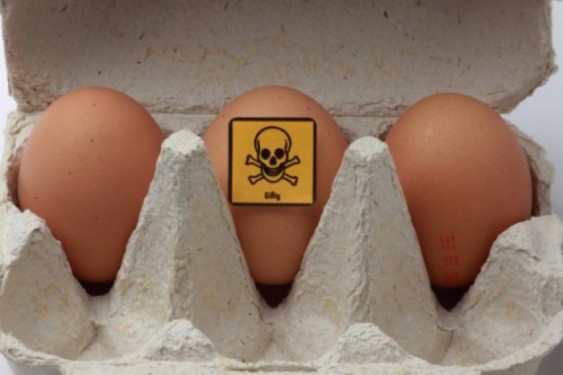
You wouldn’t eat eggs that smell rotten, so why drink anything that tastes like them?
Rotten eggs, onions or garlic: Unsurprisingly, we’re back to another sulfur-based compound here. In this case hydrogen sulfide, a gas that’s a byproduct of fermentation, though it can also be the result of spraying too much sulfur to the grapevines to prevent rot and disease. While most peg the presence of sulfur dioxide as similar to rotten eggs, some folks also think this smells like moldy onions, or even a dirty fish tank. Either way, that wine ain’t drinkable.
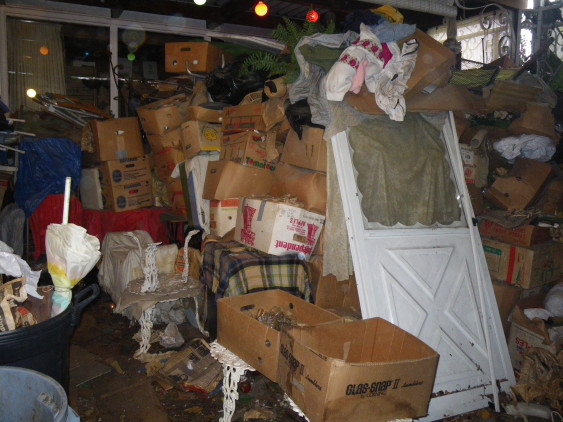
If your wine smells like it was rejected from an episode of Hoarders, chances are, it’s gone bad. Photo credit: Hoarding Woes.
Moldy newspaper: We all know this smell. That vaguely mildewy, wet cardboard-y aroma reminiscent of a hoarder’s basement. The responsible party here is a compound called trichloroanisole, or TCA for short, that is produced by certain fungi or bacteria coming into contact with the cork. While it’s not harmful to you, it will certainly ruin a bottle of wine, and there’s no way to fix it. Want to prevent it? Buy wine with screw caps. But even if you don’t less than 5% of wines produced these days actually have cork taint, so it shouldn’t be a big issue.
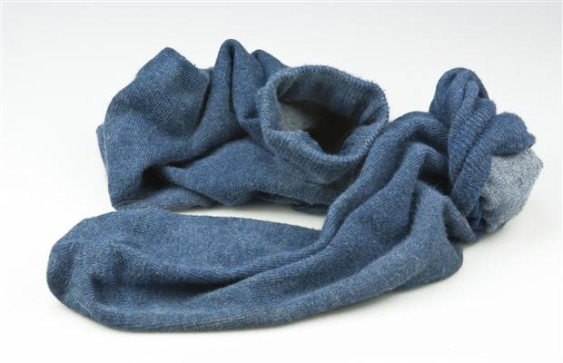
Your wine shouldn’t smell like the boys locker room.
Dirty socks: Did you open up a bottle of wine, take a whiff, and have a nostalgic flashback to your high school locker room? Something’s up with that wine, and there isn’t a pep talk in the world that can fix it. Here the problem is a little harder to pin down, but like many of the other flaws on this list, it’s likely caused by bacterial spoilage either in the winery, the barrel or the bottling process.
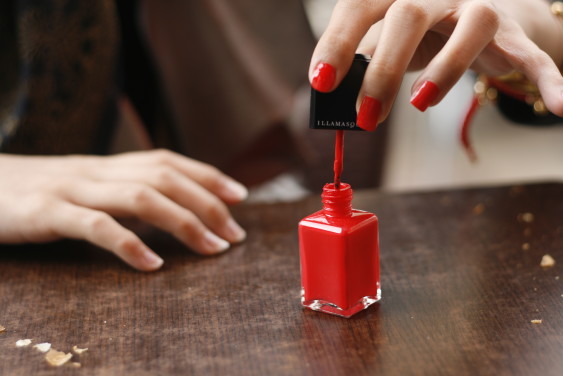
That Ripe Merlot color might look good on your nails, but it’s bad in your glass.
Vinegar or nail polish: Here’s a tip. Your wine shouldn’t taste like salad dressing or a trip to the nail salon. If it does, likely a little bacterium called acetobacter has been hard at work turning the ethanol alcohol into acetic acid, leading to what’s referred to as VA, or volatile acidity. While some wines are meant to taste a bit bitter, if you feel like you’re drinking balsamic, stop, and send that bottle back.
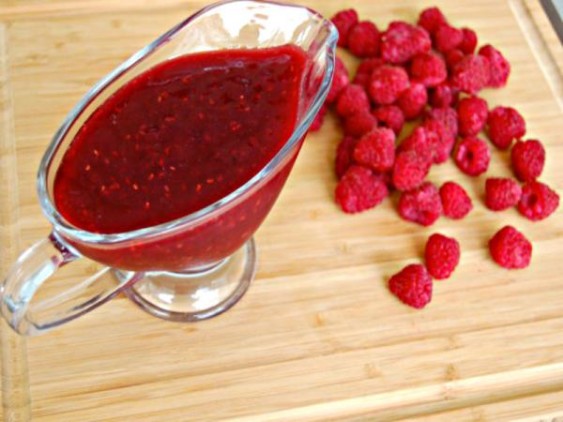
Photo credit: Many Hoops.
Stewed fruits or jam: While those big “fruit bomb” wines full of jammy, overripe fruit notes were in vogue for a few years, if your wine smells like someone is making cherry pie, chances are it’s been compromised by heat damage. You can usually also tell from the cork. If it’s been pushed out slightly or damaged the foil, it’s because the liquid and air inside the bottle has expanded in the heat and forced it out of the neck of the bottle.
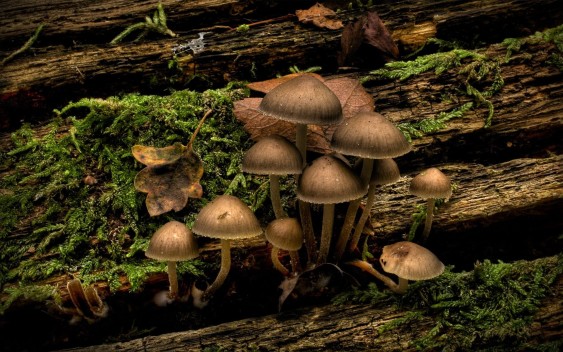
Fungus is no fun when it comes to wine.
Nuts and mushrooms: While a little bit of oxygen introduced into wine can bring out its more attractive notes, when there is too much, it can start spoiling the wine, and your best clues are unpleasant nutty, mushroomy, marshmallowy flavors. Oxidized wine often has an unusual color, too. White wines will be dark yellow or even brownish, while red wines will take on a brown-ish tint as well. While some wines, notably the vins jaunes of the Jura in France or sherry in Spain, are meant to undergo a bit of oxidation to develop their characteristic flavors, most of the wine we consume today is not. So if your wine tastes like it was opened last week…maybe it was.
Crystals: This isn’t actually a wine flaw or taint. Have you seen those little, dark red crystals clinging to the bottom of your cork? Those are tartrates and they are both tasteless and harmless, and don’t impact the flavor or quality of your wine, so drink away.
And remember, if something smells off to you…it likely is. So trust your instinct and your senses, no matter what that snob next to you tells you the wine is supposed to taste like.

